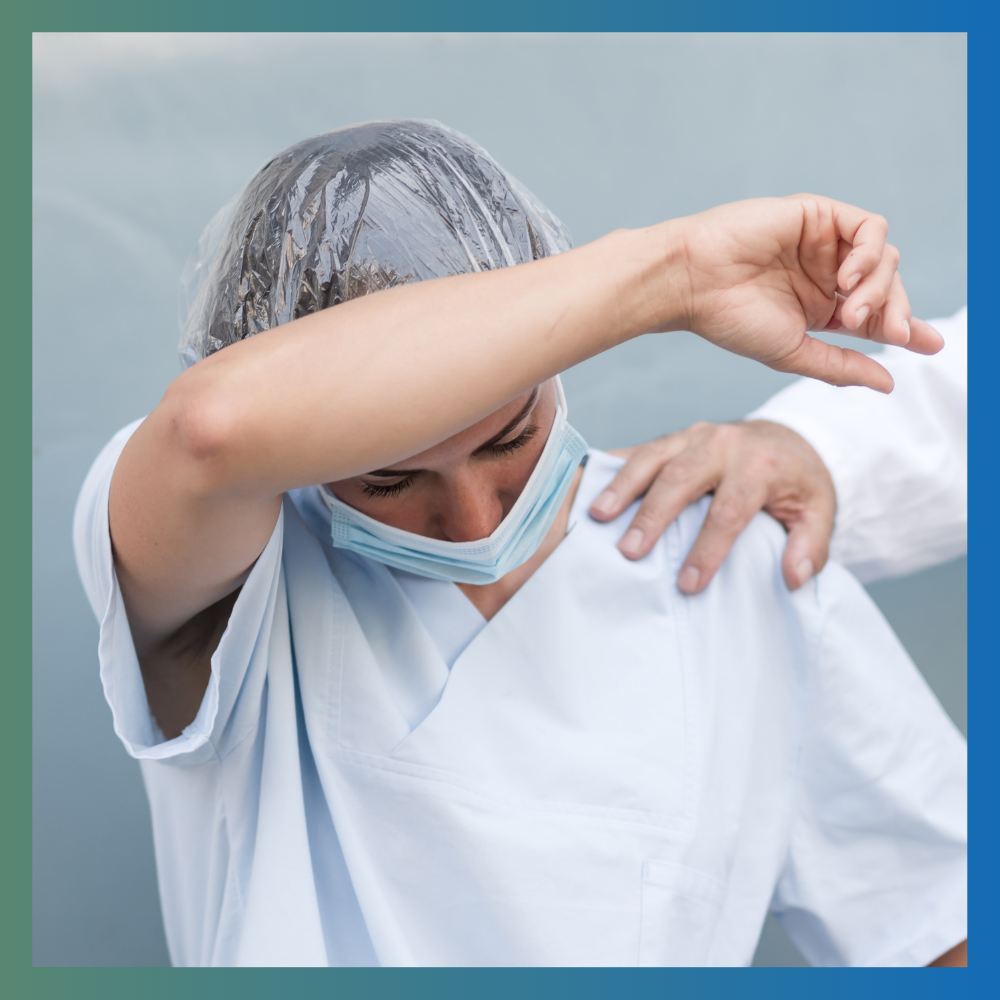The effectiveness of Chair Massage on Stress and Pain in Oncology
Abstract
Background: There is a high prevalence of moderate-to-high levels of chronic stress among nurses, as well as an occurrence of musculoskeletal disorders.
Purpose: To evaluate the effectiveness of chair massage to reduce chronic stress and musculoskeletal pain in the Oncology Nursing team.
Setting: Two teaching cancer hospitals, one public and the other private, in São Paulo city, Brazil.
Participants: A total of 60 women from the Oncology Nursing team.
Research Design: A randomized controlled trial divided into two groups: chair massage and control without intervention.
Intervention: The massage group received two chair massage sessions lasting 15 minutes, twice a week, for three weeks.
Main Outcome Measure: Reduction of stress and pain measured by the List of Signs and Symptoms (LSS) and the Brief Pain Inventory (BPI), respectively.
Results: The average age was 32 (± 5.3) years. There was a reduction of stress measured by the LSS with a statistical difference in the group-time interaction (p < .001), with a Cohen’s d value of 1.21 between groups. The BPI analysis showed a statistically significant difference in the group-time interaction for general activity (p < .008), mood (p < .03), work (p < .000), and sleep (p = .03), with reduced pain interference in these components.
Conclusion: Chair massage reduced stress and pain interference in the team’s daily life activities, bringing a positive impact in the context of work stress and pain in Oncology nursing professionals.
Downloads the last 12 months

License
Copyright (c) 2021 Authors

This work is licensed under a Creative Commons Attribution-NonCommercial-NoDerivatives 3.0 Unported License.





.png)





